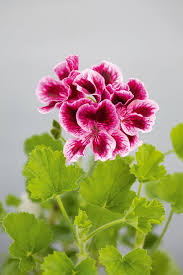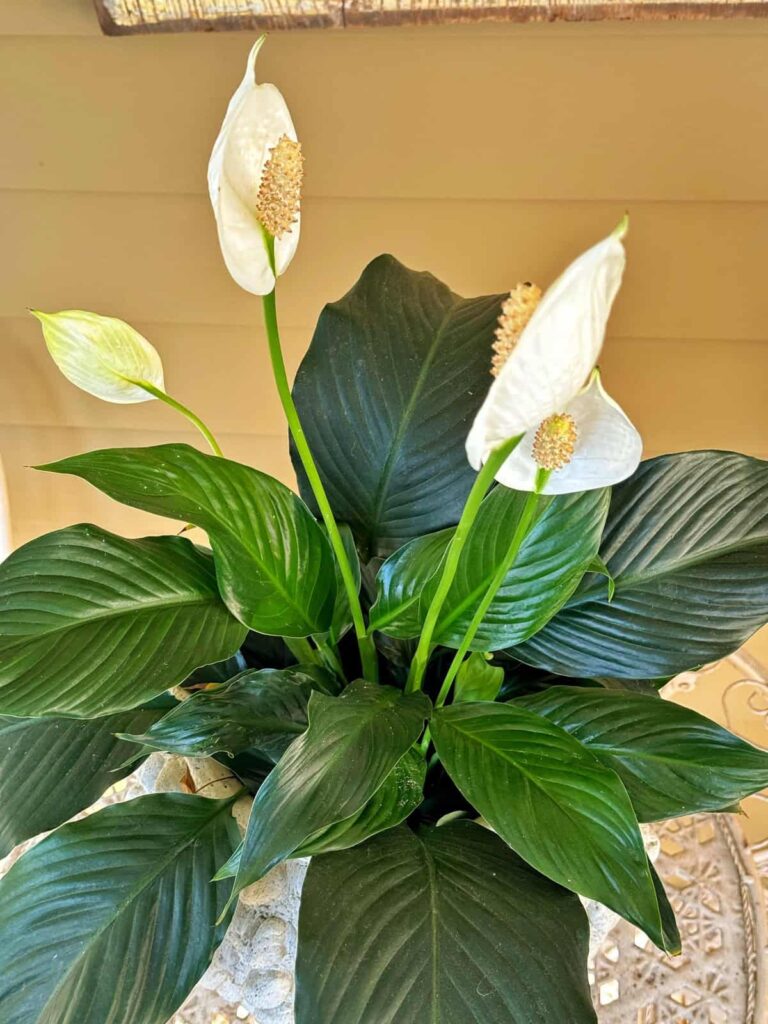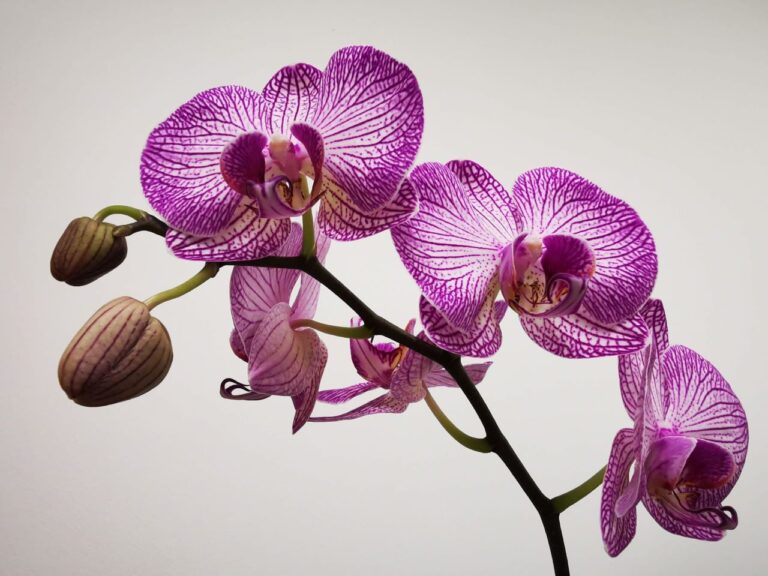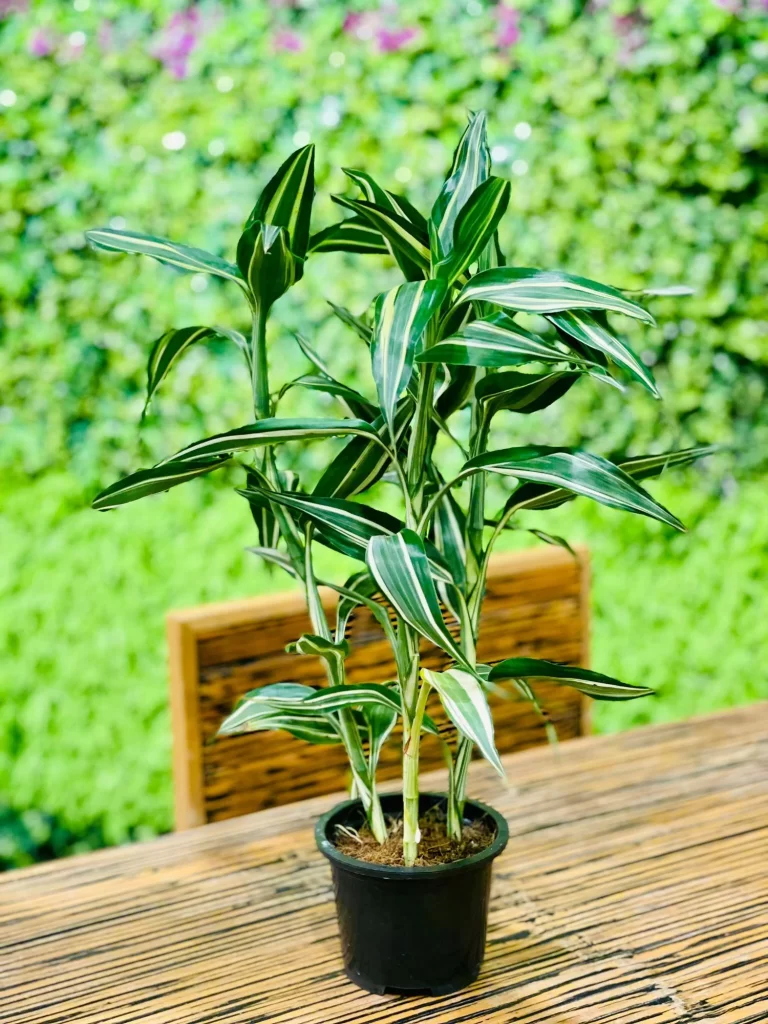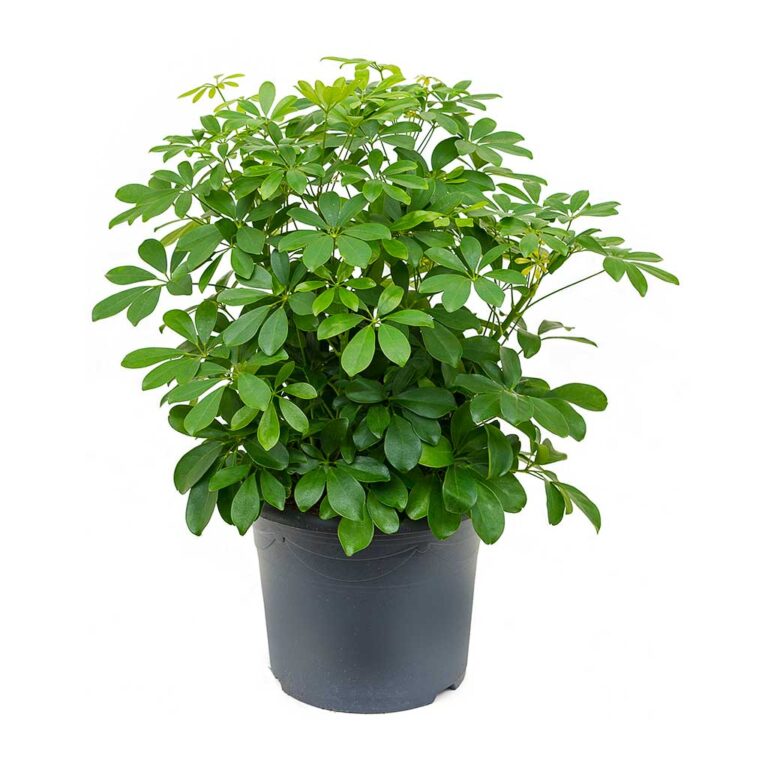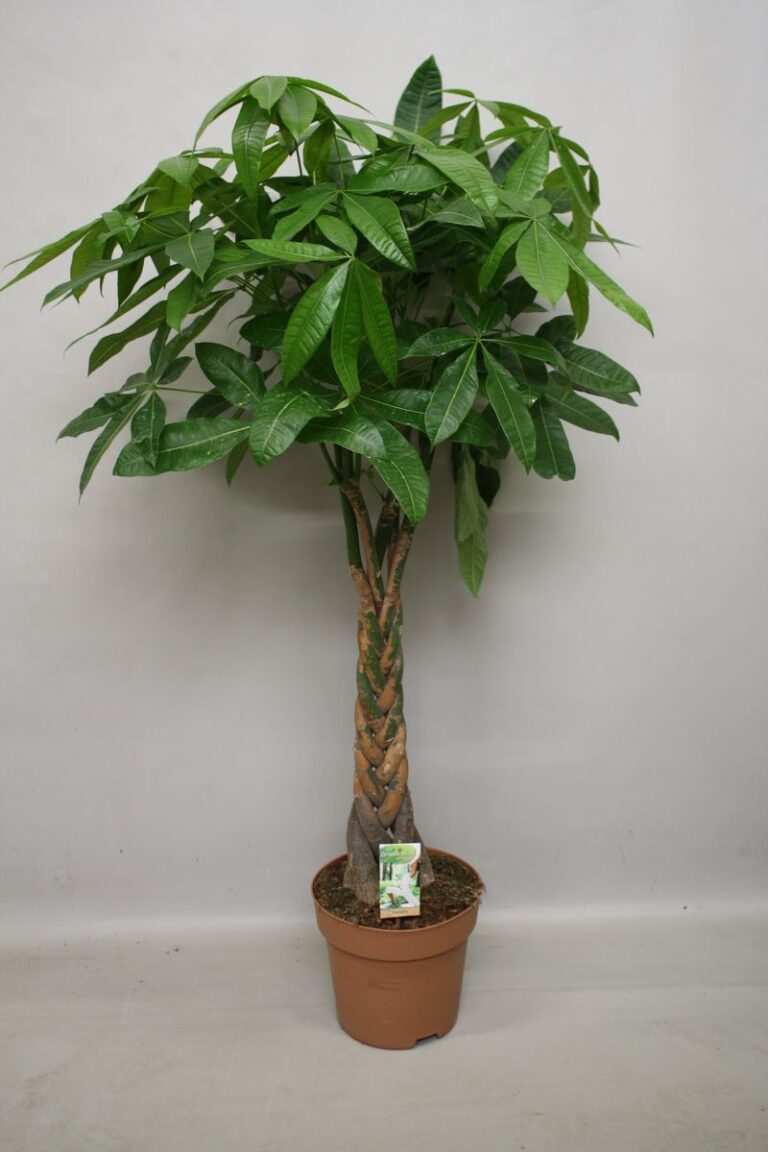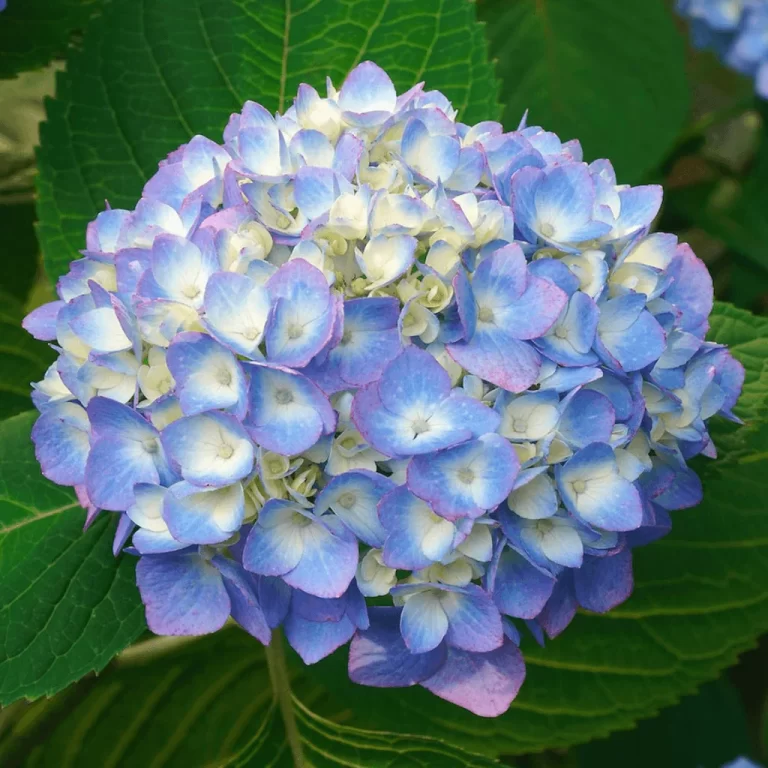Pelargonium: The Colorful World of Geraniums
Pelargonium: The Colorful World of Geraniums
Ever wondered why Pelargoniums, often mistaken for geraniums, remain a favorite in gardens worldwide? The answer lies in their beauty and resilience.
Hey there! So lately I’ve been obsessed with these gorgeous blooms sitting on my windowsill – Pelargoniums. You might know them as “geraniums,” but there’s more to that story. As someone who can’t keep a cactus alive, I find Pelargoniums surprisingly forgiving, vibrant, and well… kind of addicting. I started with one pot and suddenly, they’ve taken over my tiny balcony. But honestly? I’m not mad about it. Let’s dive into their charming world together.
Table of Contents
What is Pelargonium?
Pelargoniums are a group of flowering plants often referred to as geraniums—though technically, true geraniums belong to a different genus. Native to South Africa, these vibrant bloomers are known for their showy flowers, aromatic leaves, and incredible ability to thrive in pots, garden beds, and even hanging baskets. Their name comes from the Greek word “pelargos,” meaning stork, due to the shape of their seed pods. From a botanical standpoint, they belong to the Geraniaceae family, which includes both pelargoniums and true geraniums.
Types of Pelargoniums
| Type | Key Features | Best Use |
|---|---|---|
| Zonal Pelargoniums | Upright growth, dark leaf markings | Garden beds, pots |
| Ivy-Leaved Pelargoniums | Trailing stems, glossy leaves | Hanging baskets |
| Scented-Leaf Pelargoniums | Fragrant foliage, subtle flowers | Aromatic gardens, culinary use |
How to Grow Pelargoniums
Pelargoniums are super easy to grow—even for someone with a not-so-green thumb. Just follow a few simple rules and you’ll be rewarded with lush flowers from spring through fall.
- Use well-draining soil to avoid root rot.
- Place them in a sunny spot for 6-8 hours of light daily.
- Water when the top inch of soil feels dry.
- Deadhead regularly to encourage new blooms.
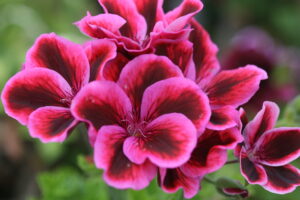
Common Problems and Solutions
No plant is perfect, and yes—even pelargoniums can have their moody days. But don’t panic! Most issues are pretty easy to fix once you know what to look for. Yellowing leaves? Could be too much water. Not blooming? Maybe it’s light-starved. And those pesky whiteflies? Oh yes, they love pelargoniums too.
| Problem | Cause | Fix |
|---|---|---|
| Yellow leaves | Overwatering or poor drainage | Water less and check soil mix |
| No flowers | Lack of sunlight or nutrients | Move to a sunnier spot, feed monthly |
| Whiteflies | Pest infestation | Use insecticidal soap or neem oil |
Fun Facts About Pelargoniums
Pelargoniums aren’t just pretty—they’ve got stories too! Did you know some varieties were once used to scent perfumes or flavor jellies? Or that their leaves can mimic the smell of chocolate, rose, lemon—even cola? Yup, it’s true. They’re not only a feast for the eyes but for the nose as well.
- Pelargoniums were introduced to Europe in the 1600s from South Africa.
- Some types are edible and used in teas or jellies.
- Their essential oils are used in aromatherapy.
Why You Should Grow Them
Still on the fence? Let me tell you why I think pelargoniums are the best plant companions—especially for beginners. They’re low-maintenance, vibrant, and super rewarding. Plus, they bring a pop of color to any space, whether it’s a city balcony or countryside patio.
- They bloom for months on end
- You don’t need to be a plant expert to care for them
- They’re budget-friendly and easy to propagate
- You’ll feel like a gardening pro in no time
Not quite. Pelargoniums are often called geraniums in the horticultural world, but true geraniums belong to a different genus.
Think of them as cousins—they share a family but have different traits and care requirements.
It depends on the environment, but usually once the top inch of soil is dry.
Overwatering is the biggest killer of Pelargoniums. Let the soil guide you.
Most varieties are not frost-hardy, so they need to be brought indoors or protected.
Keep them cozy inside during cold months, or treat them as annuals if you prefer.
Yes, feeding them once a month with a balanced fertilizer helps blooming and growth.
Just don’t overdo it—too much can harm the roots.
Totally! Stem cuttings root easily in soil or water, especially in spring or early summer.
It’s an easy and fun way to expand your garden or share with friends.
Unfortunately, no. Pelargoniums can be mildly toxic to cats and dogs if ingested.
Keep them out of reach or opt for pet-friendly plants instead.
So there you have it—my not-so-secret obsession with Pelargoniums. Whether you’re a seasoned gardener or just looking for a low-maintenance plant buddy, these vibrant blooms won’t let you down. Honestly, they’ve added so much joy and color to my little balcony garden that I catch myself smiling every time I step outside. If you’ve got stories or tips about your own Pelargoniums, let’s share! Drop a comment or a photo—because plant love is meant to be celebrated together.

